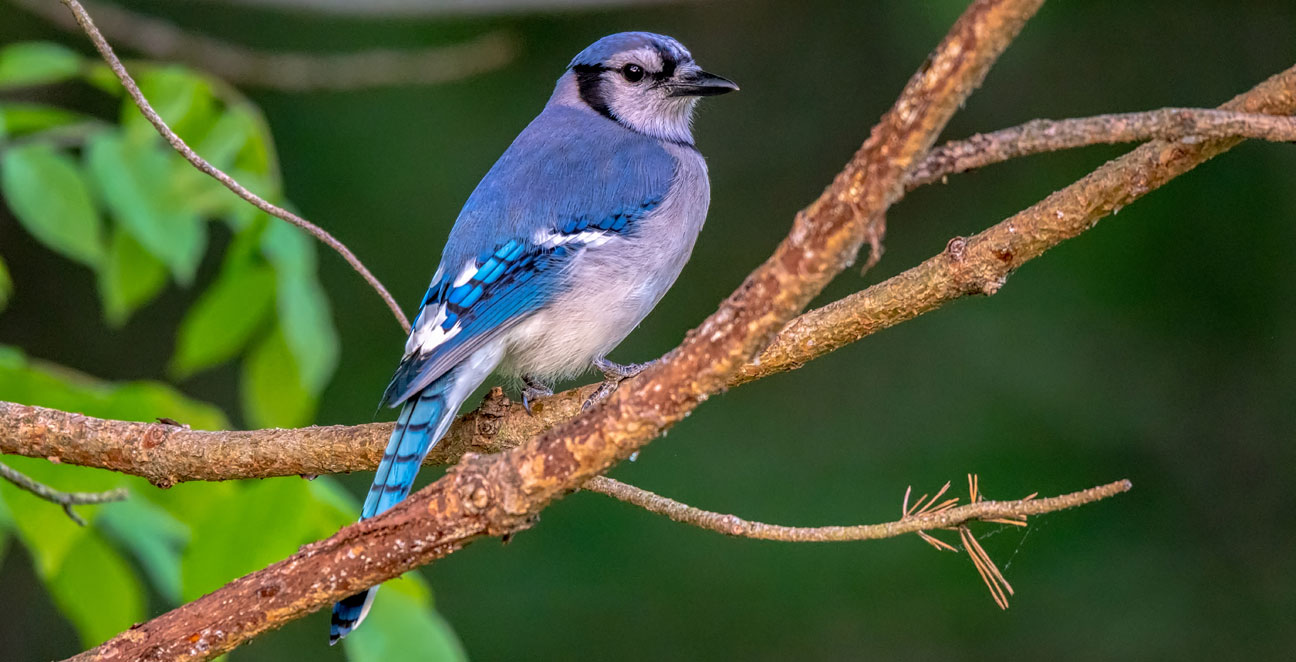
Carolina Wren
Scientific Name:
Thryothorus ludovicianus
Length:
4.7-5.5 in (12-14 cm)
Weight:
0.6-0.8 oz (18-22 g)
Wingspan:
11.4 in (29 cm)
Nest:
The nest is a bulky mass of twigs, leaves, weeds, with lining of softer material such as moss, grass, animal hair, feathers. Also can be found in trees or stumps, old woodpecker holes
Eggs:
5-6,, sometimes 4-8. White, with brown blotches usually concentrated at larger end. Incubation is by female only, 12-16 days; male may feed female during incubation.
Feeding Behavior:
They sometimes look for food in pairs, in low tangles, foliage, bark of trunks and branches, and the ground and may frequent bird feeders for suet, peanuts, other items. Known to eat caterpillars, beetles, true bugs, grasshoppers, crickets, and many others. Also feeds on many spiders, some millipedes and snails.
Young:
Both parents bring food for nestlings. Young leave nest about 12-14 days after hatching. 2 broods per year, or 3 in south.
Range:
It creeps around vegetated areas and scoots up and down tree trunks in search of insects and fruit, to defend their territories with constant singing to chase off intruders. The range from dense vegetation in wooded areas, and frequent backyard brush piles and areas choked with vines and bushes. Usually stays in one area and could wander north of breeding range, especially in fall.
Brief Description:
It is slightly smaller than sparrows; slightly larger than a House Wren and males and females are a bright, plain reddish-brown above and warm buffy-orange below, with a long white eyebrow stripe, dark bill, and white chin and throat.